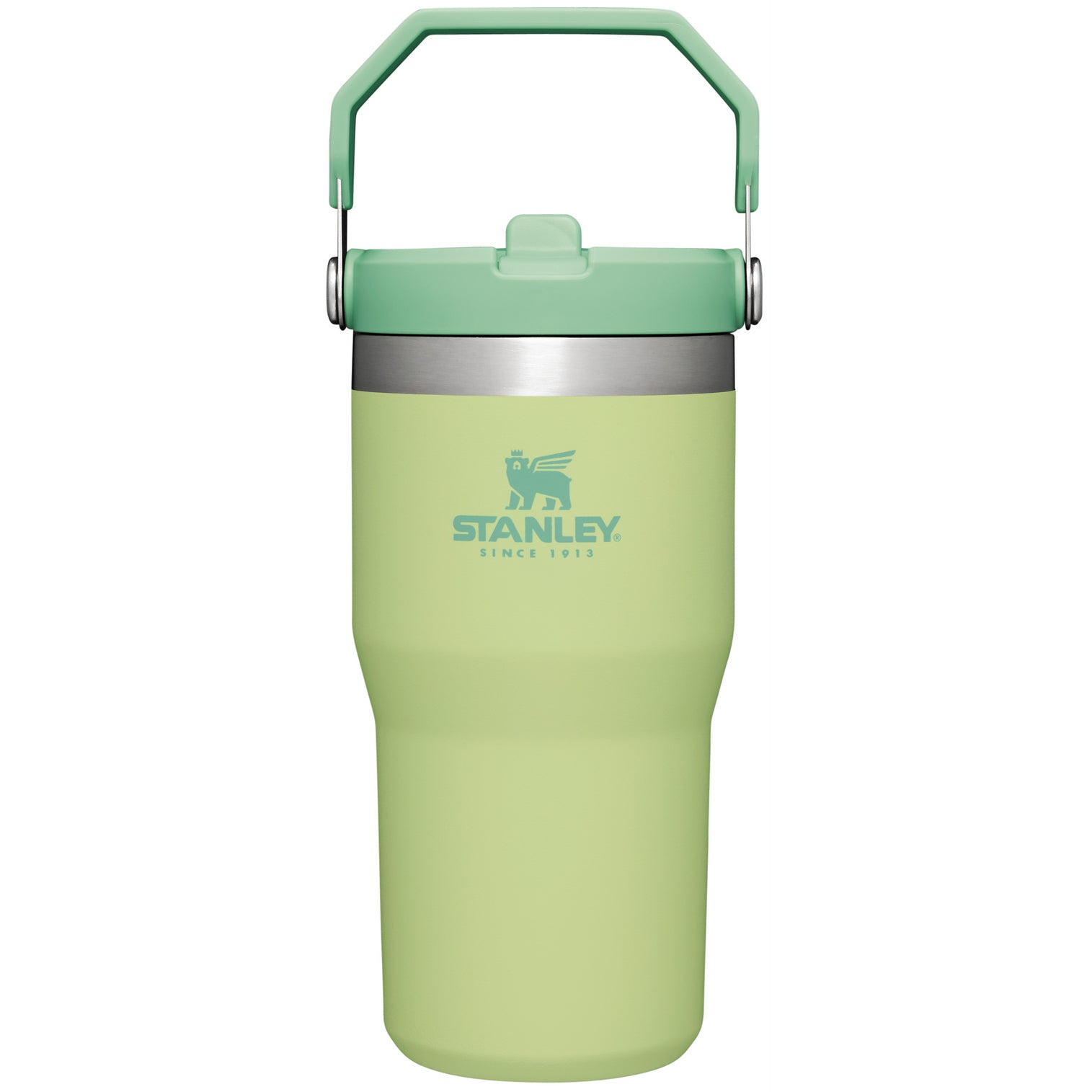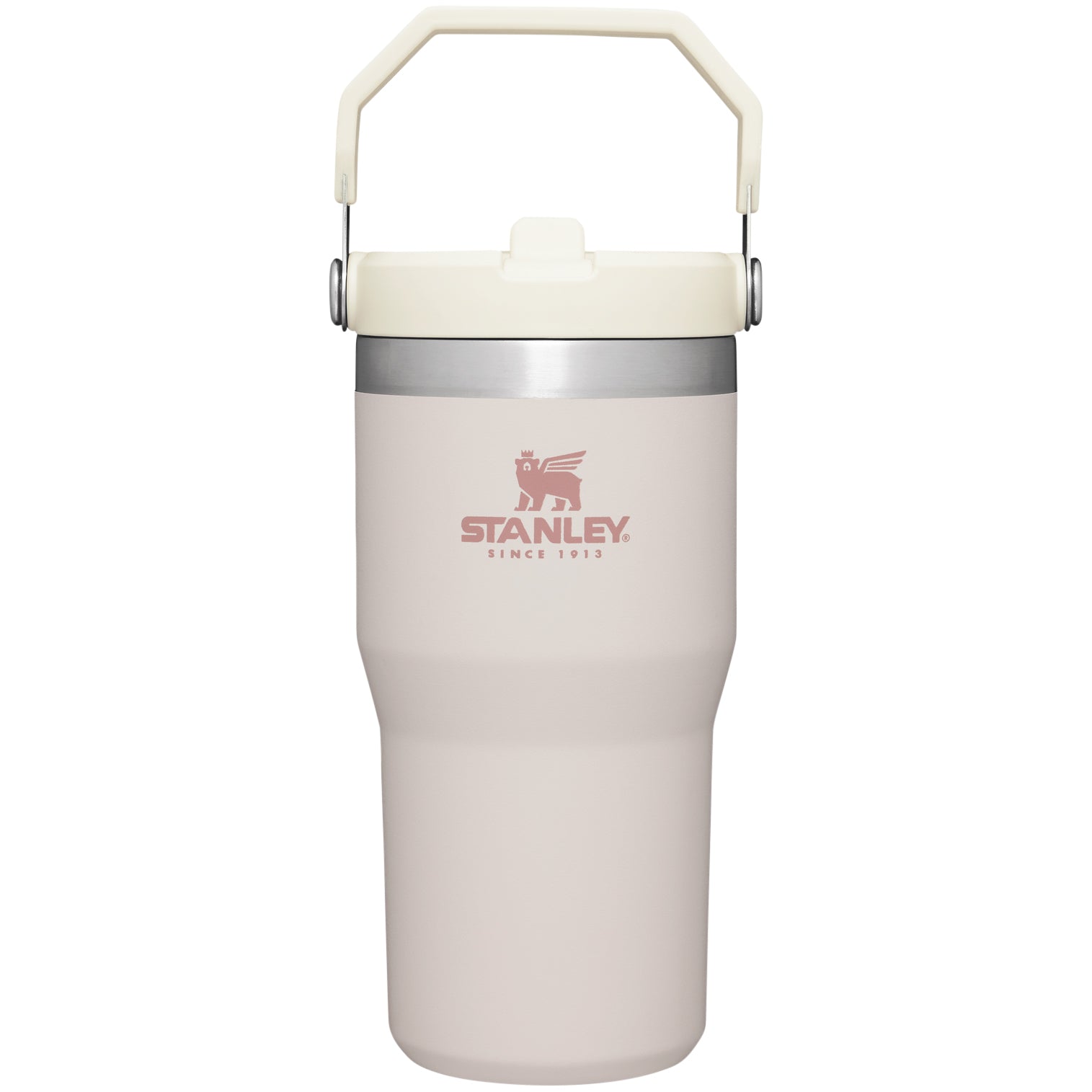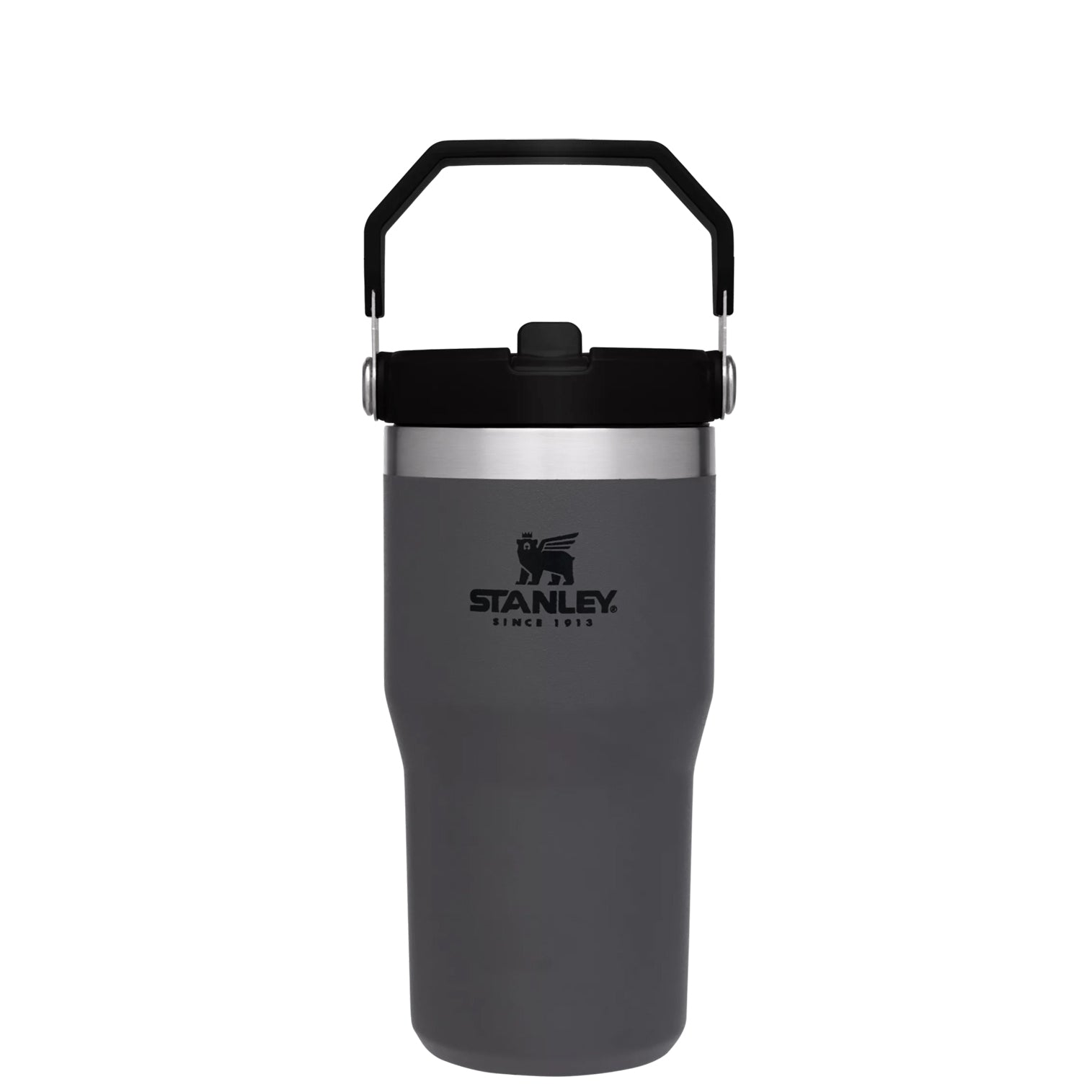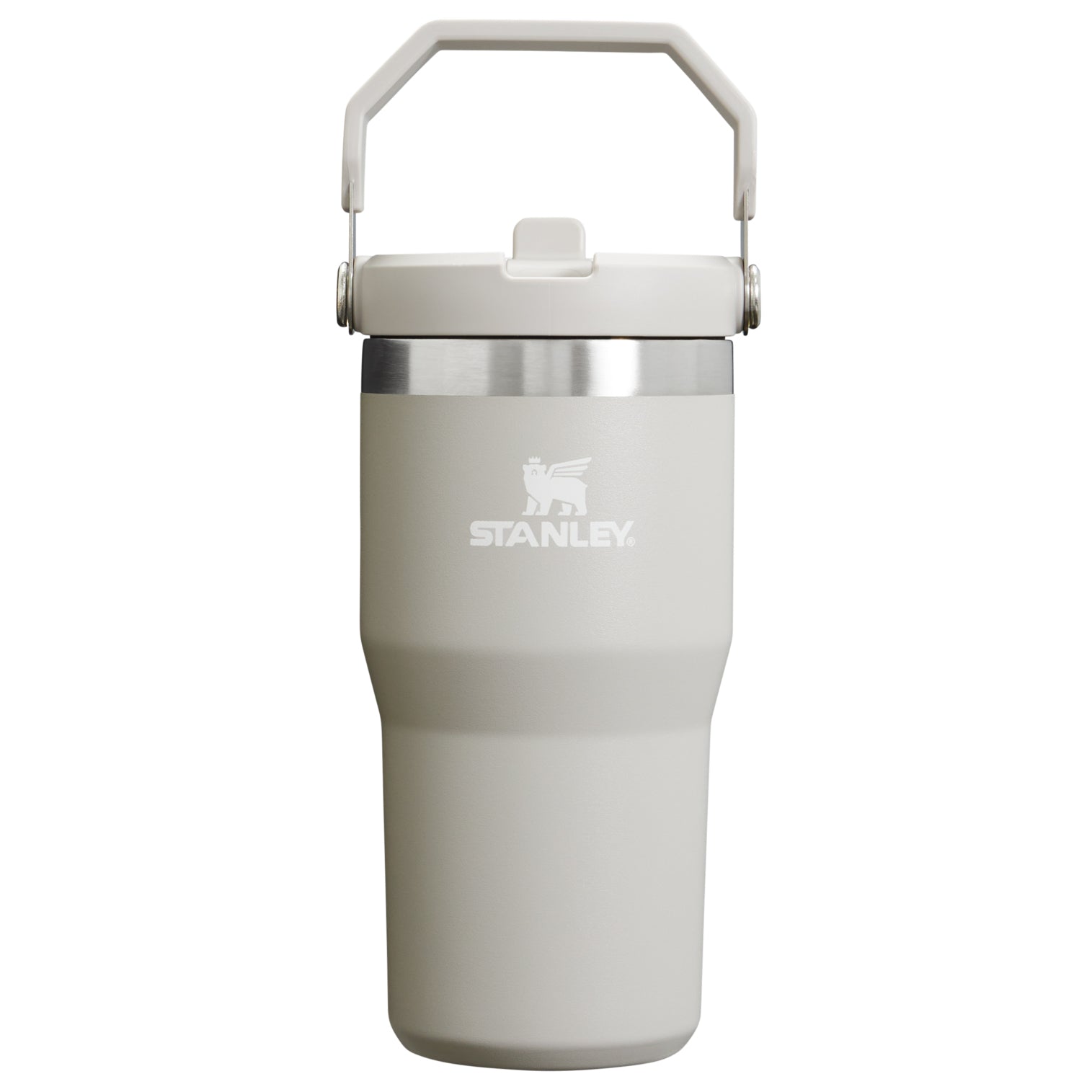WHAT ARE MANATEES?
Mistaken as mermaid by Spanish explorers, Florida manatees are actually mammals that are found in shallow, slow-moving rivers, bays, estuaries and coastal water ecosystems of the southeastern United States. Because they are herbivores and grass on sea grass, they are commonly called Sea Cows. Manatees can live in fresh, brackish (a mixture of salt & fresh water) or salt water.
We have all heard “Save the Manatees” our entire lives, but how much do we actually know about them?
Buzzfeed describes them perfectly. A sweet combination of a potato ? ?, a cow?, with a little hint of mermaid? .
In fact, manatees belong to the scientific order Sirenia. And, “Sirenia” actually comes from the term in ancient mythology, “siren”. This was a word used for monsters or sea nymphs who lured sailors and their ships to treacherous rocks and shipwreck with mesmerizing songs. By many, it is believed that throughout history, sailors sometimes thought they were seeing mermaids when they were most likely seeing manatees. After long months at sea, manatees could have been easily mistaken for a human form and this may have helped to perpetuate the myth of mermaids throughout the ages.
Manatees prefer shallow water usually swimming in areas that are 3–7 feet deep. Since they are slow-moving, they are often susceptible to injury from boat propellers.
Manatees have been on the endangered wildlife list since 1975. Unfortunately, humans are the biggest threat to these giant and gentle creatures.
HOW TO PROTECT MANATEES
Manatees are found in many of Florida’s waterways. They can be difficult to spot from a boat, especially in the churned up or brackish waters. When traveling in Florida waterways, you may see a swirl on the surface caused by the manatee when it dives or you may only hear the manatee when it surfaces to breathe (see photos below for how to spot a manatee). In all of these instances, be sure to keep your boat a good distance from the manatee. When paddle boarding, swimming, or kayaking near these animals, you must be sure not to disturb, harass or scare these animals as they are protected by law. Interacting with humans can endanger these animals, scaring them into unsafe areas, or desensitizing them to humans. Remember in the wild you can look but do not touch manatees!
Guidelines for Viewing Manatees
Florida manatees are “somewhat migratory”. The best time to see a manatee is during the official manatee season that runs October 30th to March 31st. But with Manatee season coming to a close, do not be discouraged, The West Indian Manatees are true Floridians, preferring water 70° or above. Because of this, manatees usually congregate near natural springs or warm water effluents of power plants during the winter months. But, in the summer months, manatees are much more likely to travel freely around Florida’s rivers, intracoastal and coastal waters. Manatees are protected by state and federal law (see below). So, if you are fortunate enough to encounter a manatee in the wild, avoid harassing or disturbing them. According to the Florida Fish and Wildlife Commission, harassment is defined as, “any activity that alters the animal’s natural behavior. By altering the manatee’s natural behavior, you may create the likelihood of danger that is bad for the animal and against the law.”
Florida Fish and Wildlife recommends the following:
- Do not pursue or chase a manatee if you see one while you are swimming, snorkeling, diving, paddling or operating a boat.
- Never poke, prod or stab a manatee with your hands, feet or any object.
- If a manatee avoids you, do not chase the animal for a closer view.
- Give manatees space to move. Avoid isolating or singling out an individual manatee from its group and do not separate a cow and her calf.
- Keep hands and objects to yourself. Don’t attempt to snag, hook, hold, grab, pinch, hit or ride a manatee.
- Avoid excessive noise and splashing if a manatee appears nearby. The manatee may be resting and may surface without being aware of your presence. Noise and activity may startle the animal awake, which may put it in harm’s way if it is frightened and leaves the area.
- If the site you visit allows in-water activities near manatees, use snorkel gear and float at the surface of the water to passively observe manatees. The sound of bubbles from SCUBA gear or other devices may cause manatees to leave the area.
Do not enter areas designated as “NO ENTRY-MANATEE REFUGE”(No Entry-Manatee Refuge areas have been identified by the Florida Fish and Wildlife Conservation Commission and the U.S. Fish and Wildlife Service as crucial for manatee survival.)
What is the best way to observe a wild Florida manatee?
Enjoy viewing wild Florida manatees at these locations (call ahead for current manatee viewing information). Click here to see locations on a map.
Blue Spring State Park (Florida Park Service) –(386) 775-3663Orange City, FL (Spring headwater and spring run on St. Johns River)
–Seasonal manatee programs held during winter months when manatees are in warm waters of spring run. Entrance fee.
Crystal River National Wildlife Refuge (US Fish and Wildlife Service) –
(352) 563-2088
Crystal River, FL (Sanctuaries located in Kings Bay and surrounding waterways)
–During winter, view manatees near warm water sanctuaries via boat or from boardwalk near Three Sisters Spring (with boardwalk viewing on a limited schedule). Vendors offer in-water tours for a fee. Follow USFWS viewing guidelines in this area. During warm weather manatees disperse from the sanctuaries and spread out along the coast—sighting manatees during this time may involve some travel and luck.
Edward Ball Wakulla Springs State Park (FPS) –
(850) 561-7276
Wakulla Springs, FL (Headwaters and river)
–Look for manatees from the park’s diving platform or various areas of the river via park’s tour boats. Fees for park entry and boat tours.
Fanning Springs State Park (FPS) –
(352) 463-3420
Fanning Springs, FL (Spring and spring run on the Suwannee River)
–Manatees are occasionally present in Fanning Springs. Entrance fee.
Lee County Manatee Park –
(239) 690-5030
Fort Myers, FL (Orange River and FPL Discharge Canal)
–Hundreds of manatees visit Orange River and canal during winter. Parking fee. Gates close at sunset.
Manatee Springs State Park (FPS) –
(352) 493-6072
Chiefland, FL (Headwaters and spring run on the Suwannee River)
–During winter, look for manatees in spring and spring run. Entrance fee.
Merritt Island National Wildlife Refuge (USFWS) –
(321) 861-0667
Merritt Island, FL (Canal connects Indian River and Mosquito Lagoon)
–View manatees from platform overlooking Haulover Canal. Entrance fee.
Manatee Observation and Education Center –
(772) 429-6266
Fort Pierce, FL (Moore’s Creek and Indian River Lagoon)
–Open year-round with many programs. Occasional manatee sightings in winter. Entrance fee.
Tampa Electric Company (TECO) Manatee Viewing Center –
(813) 228-4289
Apollo Beach, FL (TECO discharge canal off of Tampa Bay)
–Visitor center, gift shop, overlook and boardwalk where visitors learn about and see hundreds of manatees in TECO’s warm water discharge canal.
Wakulla Springs – Crystal River – Kings Bay
Panhandle of Florida
–In the summer months, manatees can be seen by boat or canoe. Canoe rentals are available on both rivers via SR 98 between Newport and Crawfordville and in St. Marks, FL. Manatees overwinter at either Wakulla Springs or in the Crystal River/Kings Bay area.
Manatee Lagoon – An FPL Eco-Discovery Center –
(561)626-2833 (561-Manatee)Riviera Beach/West Palm Beach, FL–Opened in February 2016, this new FREE Palm Beach County educational attraction has an observation deck for viewing manatees up close in the warm waters near the Riviera Beach Next Generation Clean Energy Center. Winter viewing. Education center features hands-on exhibits about manatees and the surrounding Lake Worth Lagoon. Picnic area, gift store, café, webcam, free admission and parking.
I WANT TO SWIM WITH MANATEES. WHERE SHOULD I GO?
Before you jump in the water upon first site of one of these beautiful creatures, please know that you MUST follow the guidelines above. In Florida, swimmers are allowed to swim with manatees in a monitored setting at Crystal River and Kings Bay (the only designated areas of their kind in Florida). However, if you see a manatee out while surfing, paddleboarding or kayaking, know to keep a safe distance. Look but do not touch. Anyone convicted of harassing a manatee faces a possible maximum fine of $500 and/or imprisonment for up to 60 days. In fact, conviction on the federal level is punishable by fine of up to $50,000 and/or one year in prison.
The manatee is protected under federal law by the Marine Mammal Protection Act of 1972 and by the Endangered Species Act of 1973. These laws make it illegal to harass, hunt, capture or kill any marine mammal. The manatee is also protected by the Florida Manatee Sanctuary Act of 1978, which states: “It is unlawful for any person, at any time, intentionally or negligently, to annoy, molest, harass, or disturb any manatee.” (Florida Fish and Wildlife Conservation Commission)
DID YOU KNOW?
You want to swim with manatees. Being in the water with one of these giant creatures can be quite intimidating, but do not be afraid. Manatees are herbivores (or vegetarians), eating 10–15% of their body weight in vegetation daily. A average 1,000-pound manatee, for example, would probably eat between 100 to 150 pounds of food a day. That’s a lot of seagrass.






































































































































































































































































































































































